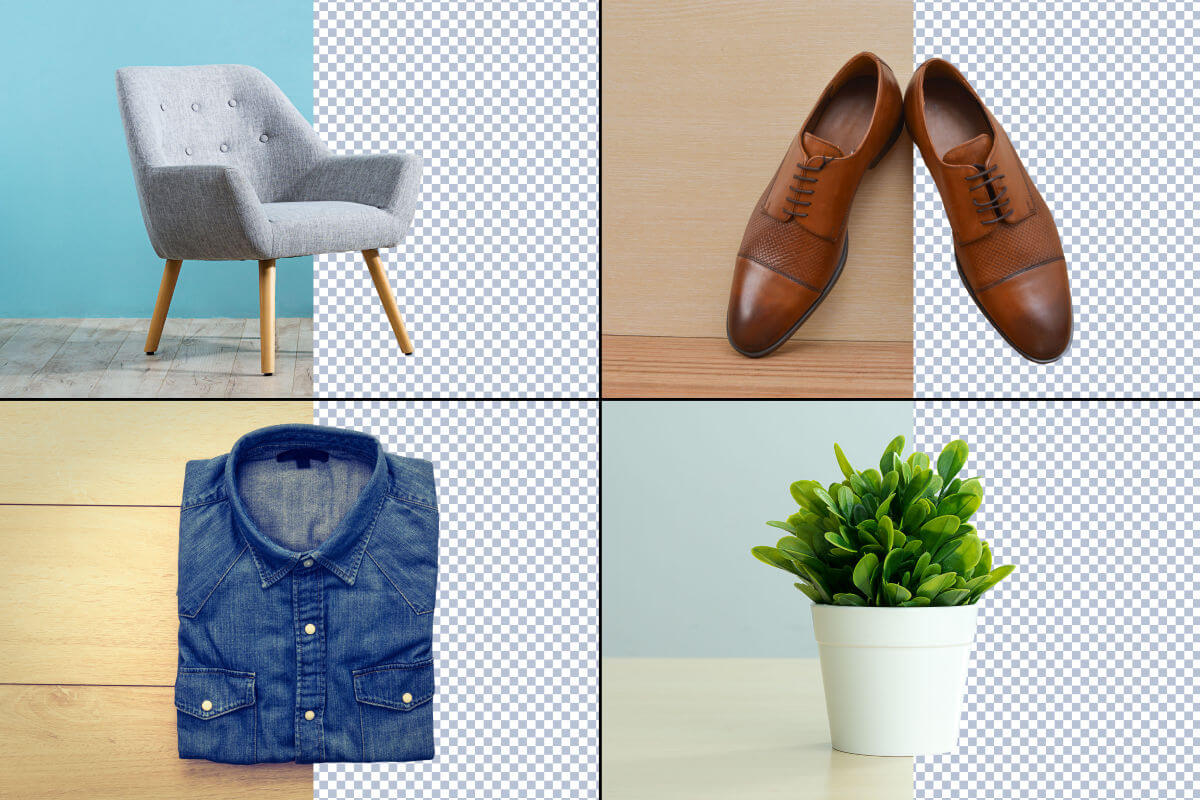Special post-production edits can help create the perfect product images.
This is the 13th installment in my series on helping ecommerce merchants create better product images, following “Part 1: Choosing Backdrops,” “Part 2: Selecting Tripods,” “Part 3: Artificial Lighting Basics,” “Part 4: Angles and Viewpoints,” “Part 5: Choosing a Camera,” “Part 6: Selecting a Lens,” “Part 7: Magnification and Close-ups,” “Part 8: Composition Essentials,” “Part 9: Advanced Composition,” “Part 10: Lines as Design Elements,” “Part 11: Image Editing,” and “Part 12: Color Correction and Presets.”
In this installment, I’ll look at advanced editing techniques.
Special Edits to Product Photos
Straightening an image is a key editing step for sitewide uniformity and creating the most appealing views. If you’re shooting products on a mobile device, use its native straightening and perspective tools, VSCOs skew adjustment tool, or Snapseeds perspective tool. Adobe Photoshop offers more advanced straightening options.
In this video, photographer Rory Factor uses Photoshop’s Warping Tool to create perfectly straightened images.
—
Cropping can improve an image’s composition — the arrangement of items. When cropping, remember that consistency across all photos is key. Crop every product image in the same manner with no switching between square, horizontal, and vertical views. Pick a view and stick with it. I follow Amazon’s cropping guidelines: the product comprises 85% of the overall frame.
—
Removing a background is among the most common photo editing tasks. Marketplaces often require white backgrounds. Thus shooting your product against a solid white background enhances its effectiveness while saving editing time. Background removal can be time-consuming and tedious. Consider outsourcing this part of the process to a product photo editing service.
—
Removing imperfections. Examine your product before shooting. Check for blemishes, scratches, and damage. Luckily, editing out imperfections isn’t difficult. I use Photoshop’s Healing Brush and Clone Stamp tools. I also use TouchRetouch, a terrific mobile app, for spot removal.
—
Color changes. One of the best ways to speed up the editing process of a product with multiple colors is to use the best image and then change the color. This video from Photoshop’s YouTube Training channel explains how to use Lightroom to change the color of anything.
—
Adding shadows can enhance some products that are set against a white background. If you add shadows, avoid darkening the product. Instead, create a realistic shadow that adds to a product’s depth and dimension.
A reflective shadow, for example, is common on ecommerce home pages and category pages.

Reflective shadows are common with images on ecommerce home and product pages, such as these sunglasses. Source: Shift4shop.com.
—
A drop shadow can create a sense of depth and dimension.

Drop shadows create a sense of depth and dimension, such as on these kitchen knives. Source: Shift4shop.com.
Phlearn’s YouTube channel includes helpful tutorials on adding shadows to an object and on reflective shadows specifically.
Also, “15 Photoshop Tutorials for Product Photography” by contributor Sig Ueland is a terrific rundown of learning resources.





